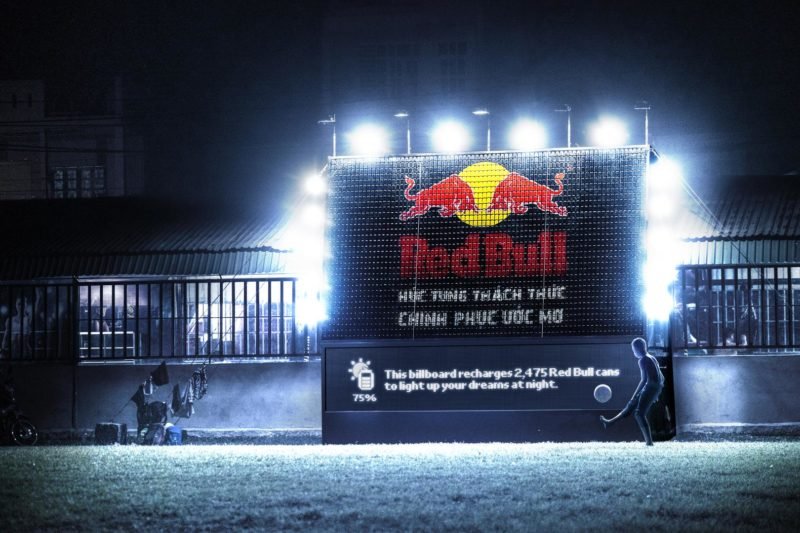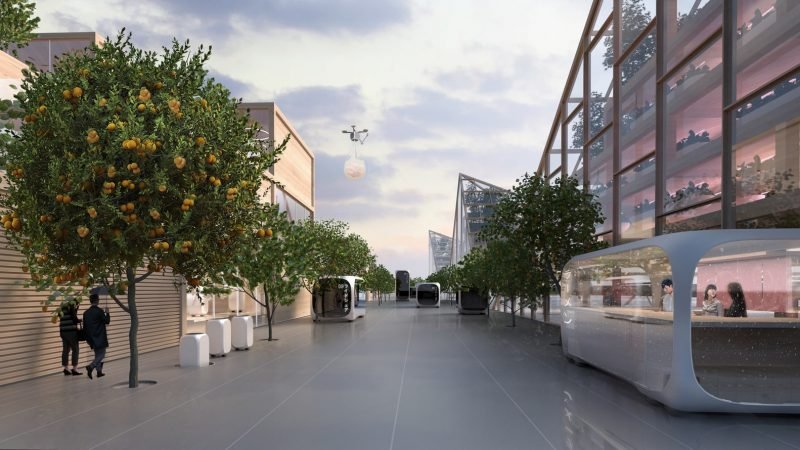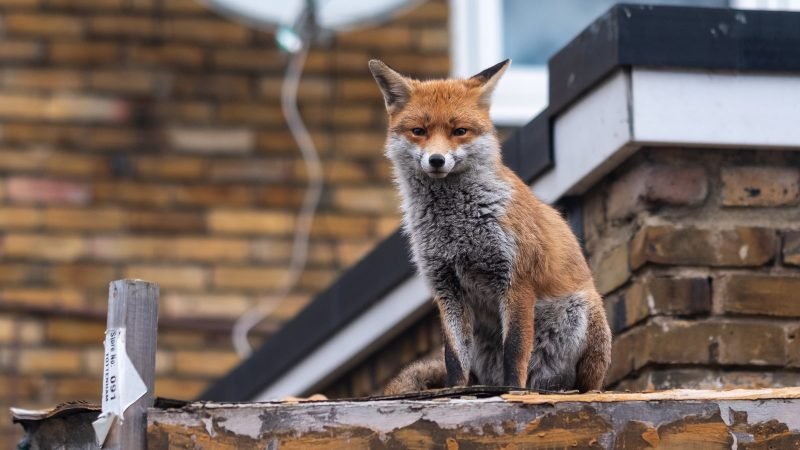Beehives in McDonald’s Billboards
McDonald's is doing its part to create more living spaces for the declining bee population.
Bee populations around the world are decreasing at alarming rates which will result in further degradation of our environment as bees are indicator species. For this reason, actions are needed to secure one third of our food that is provided by bees.
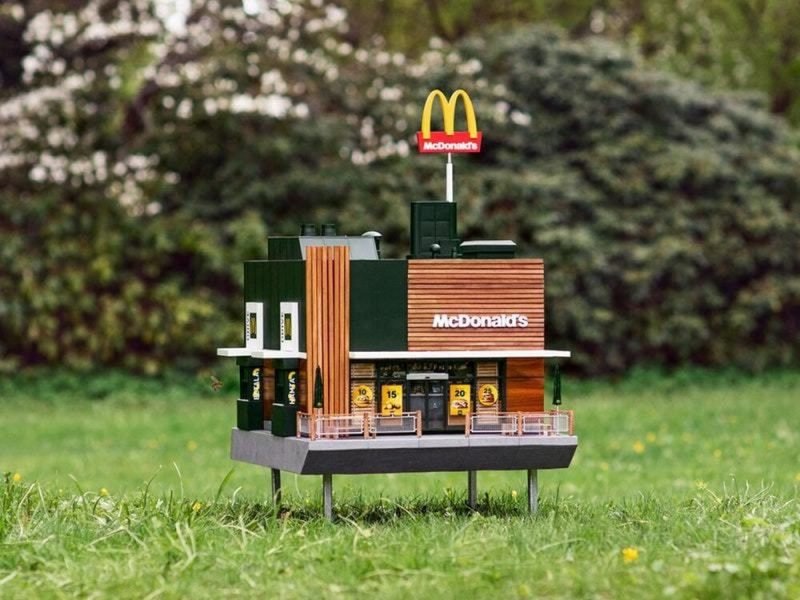
Restoration of habitats for Sweden’s bees began with the utilization of McDonald’s restaurants’ roofs as beehives. To celebrate this initiative and World Bee Day, McDonald’s and creative agency Nord DBB built the world’s smallest McDonald’s restaurant doubling as a beehive called the McHive. To expand this initiative, the duo set out to build billboards serving as bee hotels in Järfälla outside of Stockholm.
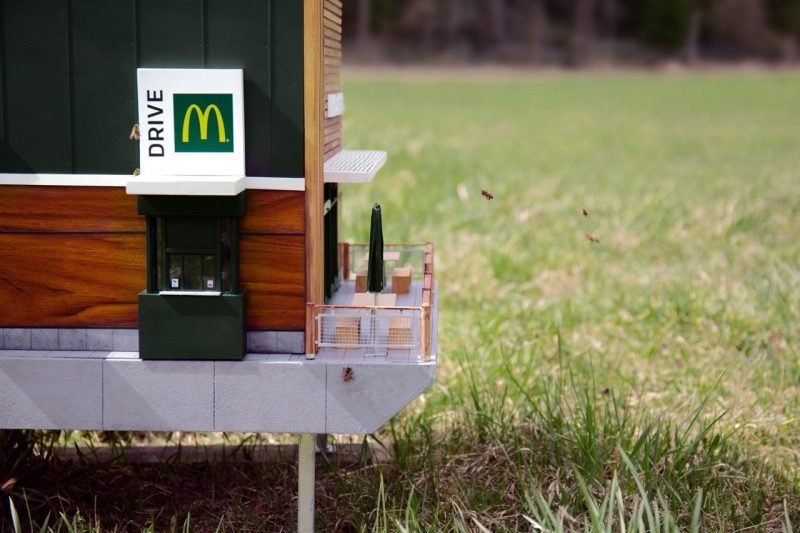
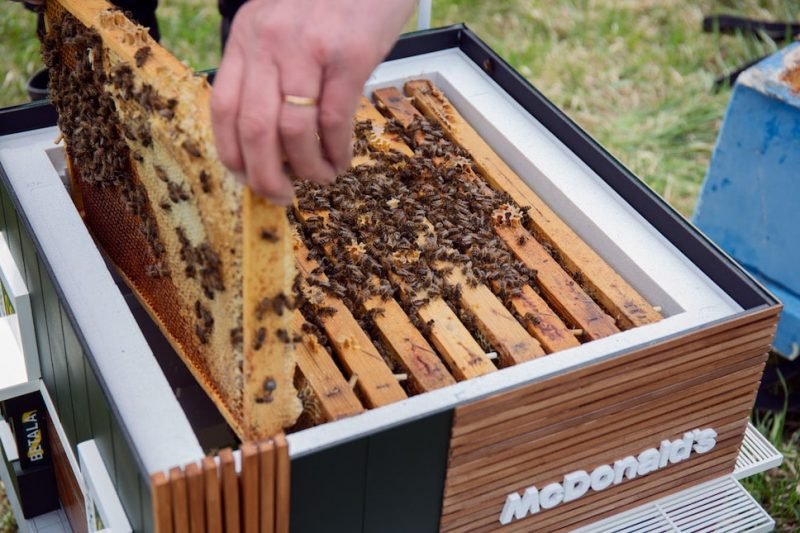
These billboards will have holes integrated into the surface of the advertisements leading to beehives inside and to the backside of the structure to “accommodate thousands of wild guests”, as stated in the advertisement. Applying these concepts in rural areas is crucial as urbanizations usually harbor more ecological niches because of the monocultures or single-crop production found in rural areas that deplete biodiversity.
Initiatives for preserving bee species such as the bee brick are springing up around the world. Even if campaigns such as billboard hotels are initially for marketing purposes, sustainability measures around the world should be addressed more inclusively by allowing corporations, governments and citizens to work together.
